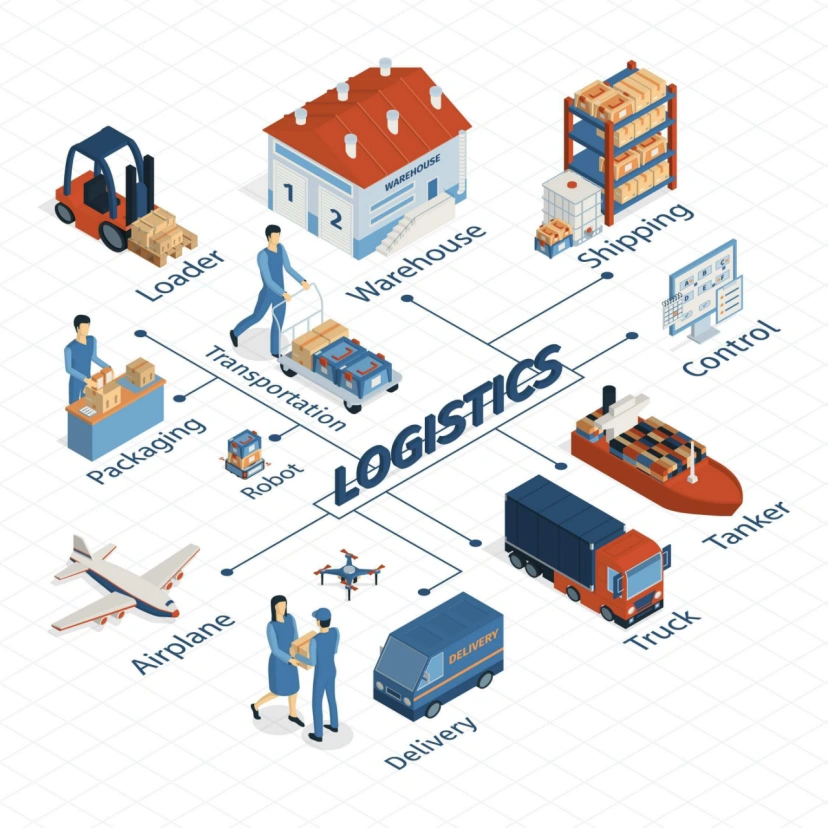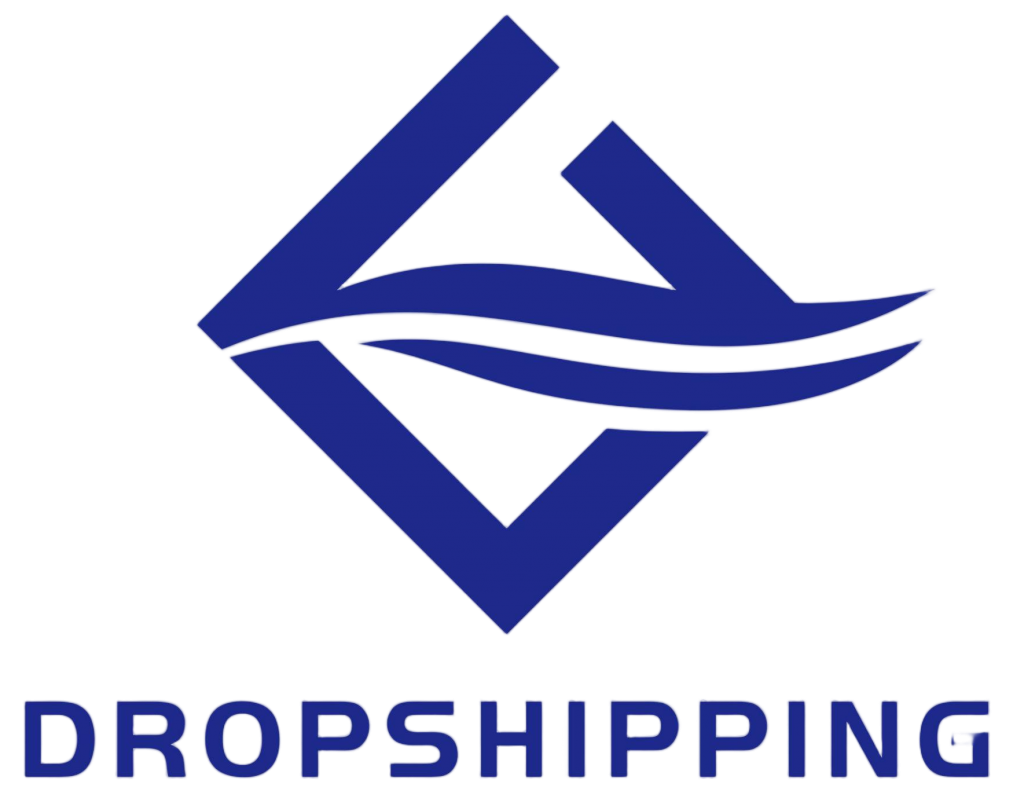The B2C world has changed a lot because of the quick rise in online shopping. Shoppers now want fast, right, and open delivery services. This forces third-party logistics (3PL) providers to tweak their ways to keep up. This article dives into the shifting B2C order fulfillment scene. It also checks out the clever steps 3PLs need to take to help e-commerce thrive.

The Shifting Scene of B2C Fulfillment
The online market is booming fast. It changes every part of the fulfillment process, from storing items to getting them to customers.
Surge in E-commerce and Evolving Shopper Needs
Global online sales have shot up. People enjoy the ease of buying on e-commerce sites. Statista says global e-commerce sales reached $5.8 trillion in 2023. They’re set to grow more. Customers now expect speedy delivery, live tracking, and simple returns. The growth of dropshipping adds to this. So, 3PLs need bendable, strong systems. These must manage lots of orders while staying precise.
Why Speed, Correctness, and Openness Matter
Today’s shoppers prize fast delivery and accurate orders. They also want to see where their package is at all times. Errors or slow deliveries can spark bad reviews. These can harm customer trust. Good B2C fulfillment depends on three things: careful order handling, clear stock updates, and quick shipping.
How B2C Fulfillment Differs from B2B
B2C fulfillment isn’t like B2B. B2B handles big shipments to a few business clients. B2C deals with many small orders for individual buyers. This calls for solid stock control, different packaging choices, and improved last-mile delivery to meet shopper needs.
Main Parts of B2C Order Fulfillment Services
To match customer hopes, 3PLs must offer full solutions for every fulfillment step.
Warehousing Services and Stock Control
Solid warehousing is the heart of B2C fulfillment. Clever stock systems keep just the right amount of goods. Safe, tidy storage spaces support growth. They also allow live tracking.
Order Processing and Pick-Pack Jobs
Quick picking and packing shorten order times. Tools like robotic sorters speed things up. They also cut down on errors. This keeps orders right, even in busy periods.
Last-Mile Delivery and Carrier Partnerships
Last-mile delivery costs a lot. It’s also what customers notice most. It shapes their joy. 3PLs must team up with various carriers. This gives different shipping options. It balances speed and price to suit varied shopper needs.
Returns Handling and Reverse Logistics
Online shopping return rates can hit 30%. Easy return processes are key. Restocking returned goods correctly builds shopper trust. It also keeps operations smooth.
Big Hurdles for 3PLs in B2C Fulfillment
Even with new tools, 3PLs face tough challenges in meeting B2C demands.
Managing Lots of Orders and Seasonal Surges
Holidays and flash sales bring sudden order jumps. These stress 3PL systems. Bendable setups and extra workers are needed. They help handle changes without dropping service quality.
Adjusting to Varied Products and Packaging Needs
B2C orders differ in size, breakability, and branding. 3PLs need tailored packaging solutions. These protect products and keep brand style strong.
Hitting Delivery Deadlines Across Areas
Shoppers want fast delivery, no matter their location. Smart warehouse placement and solid carrier ties are vital. They ensure on-time deliveries in different places.
Linking with Multiple E-commerce Platforms
Smooth connections with platforms like Shopify, WooCommerce, and Amazon are critical. They allow live order updates and smooth processing. Strong APIs make communication between 3PL systems and online shops simple.

Technology’s Role in Boosting B2C Fulfillment
Tech is a core part of modern B2C fulfillment. It helps 3PLs grow and meet shopper expectations.
Warehouse Automation and Robotics
Automated tools, like robotic pickers and conveyor belts, lower labor costs. They also boost accuracy. These systems let 3PLs handle many orders well.
Live Stock Tracking and Order Updates
Live tracking gives retailers and shoppers up-to-date stock and delivery info. This creates trust and clarity.
API Links with Online Marketplaces and Shopping Carts
APIs allow easy data sharing between 3PLs, marketplaces, and shopping carts. This makes order processing smooth from purchase to delivery.
Using AI and Smart Planning Tools
AI tools guess demand patterns. They help manage stock better. This cuts down on shortages or extra stock. It also saves cash.
Extra Services That Make 3PLs Stand Out
To shine in a busy market, 3PLs must offer unique services beyond basic logistics.
Customized Packaging Services and Branding
Custom-branded packaging makes unboxing fun. It builds shopper loyalty. It also strengthens brand identity.
Kitting, Bundling, and Product Assembly
Kitting and bundling services help brands raise order value. Pre-assembled product sets make logistics easier.
Product Quality Inspection and Photography Services
Tight quality checks stop faulty items from reaching shoppers. This lowers returns. Professional photography gives sellers top-notch images. It boosts happiness.
Multi-channel Fulfillment Skills
Central systems tie inventory across marketplaces, direct-to-consumer sites, and physical shops. This ensures steady fulfillment across all sales paths.
How 3PLs Can Support B2C Brand Needs
To help fast-growing direct-to-consumer (DTC) brands, 3PLs must focus on flexibility and growth.
Building Scalable Fulfillment Systems
Cloud-based warehouse management systems (WMS) allow quick scaling. They need little upfront cost. This helps brands manage sudden growth.
Offering Bendable and Clear Pricing
Simple, steady pricing helps brands plan budgets. It avoids surprise fees during busy times or high order volumes.
Boosting Shopper Communication and Support
Clear updates, like live shipping news, build trust. Quick customer support improves the after-buy experience.
Investing in Worker Training and Quality
Well-trained staff ensure steady work. This covers all fulfillment steps, from storage to final delivery. It keeps service standards high.
The Value of Global Fulfillment Networks
As cross-border e-commerce grows, 3PLs need global logistics to stay in the race.
Cross-Border Shipping and Global Warehousing
Global warehousing networks make cross-border shipping smooth. They give access to world markets with local support.
Handling Duties, Taxes, and Customs
Good customs handling ensures compliance. It avoids delays. This keeps shoppers happy in global markets.
Localizing Fulfillment for Regional Markets
Local warehouses cut last-mile delivery costs. They also speed up fulfillment. This is key for competing in regional markets.
DROPSHIPPING: A Full B2C Fulfillment Partner
DROPSHIPPING is a prime example of a modern 3PL provider. It offers complete solutions built for global e-commerce.
Warehousing Services and Inventory Storage
DROPSHIPPING’s cloud-based warehouses offer safe storage. They provide advanced inventory tracking. This lightens the load of stock management for sellers.
Drop Shipping Services for E-commerce Sellers
DROPSHIPPING lets sellers ship products without holding stock. This cuts financial risk. It also makes operations simpler.
Package Splitting and Consolidation Services
Flexible package splitting and consolidation match shopper order needs. This boosts happiness and efficiency.
Packing and Labeling Services and Customized Packaging Services
DROPSHIPPING takes care of all packaging tasks. This includes custom-branded options. It lets sellers focus on product quality and brand growth.
Product Quality Inspection and Photography Services
Careful quality checks ensure product quality. Professional photography provides sellers with great images. This supports their branding.
Diversified Logistics Channels and Freight Calculation & Order Tracking
Ties with many carriers offer varied shipping options. These meet different shopper needs for speed and cost. Tracking tools give live updates.
Product Sourcing and Wholesale Services
DROPSHIPPING links sellers with suppliers for direct-to-customer shipping. This simplifies wholesale operations.
Store Authorization and Product Listing Support
One-click synchronization makes product listing updates easy across platforms. This boosts efficiency.
Order Processing and Tracking Tools
Automated order processing and tracking tools offer live updates. They improve clarity for sellers and shoppers.
POD (Print on Demand) Customization Services
POD services allow stock-free, custom products with high-quality graphics. This supports unique branding.

Conclusion
In brief, B2C order fulfillment is vital for e-commerce success. 3PL providers adapt with tech, scalability, and extra services. By tackling issues like order surges and global demands, 3PLs like DROPSHIPPING help brands meet shopper expectations. This fosters loyalty and growth in a tough market.
FAQs
Q1: What are the key differences between B2C and B2B order fulfillment?
A: B2C focuses on small, frequent orders to individual buyers. It needs fast delivery and varied packaging. B2B handles large, less frequent bulk shipments to businesses. It focuses on cost savings.
Q2: How can 3PLs boost B2C fulfillment efficiency?
A: 3PLs can improve with automation, live tracking, and platform links. Smart planning tools, better carrier ties, scalable systems, and clear pricing also help.
Q3: Why is product customization important in B2C fulfillment?
A: Customization, like POD (Print on Demand) Customization Services, creates unique branding. It increases shopper joy. It also cuts stock risks and boosts profits with personalized items.







